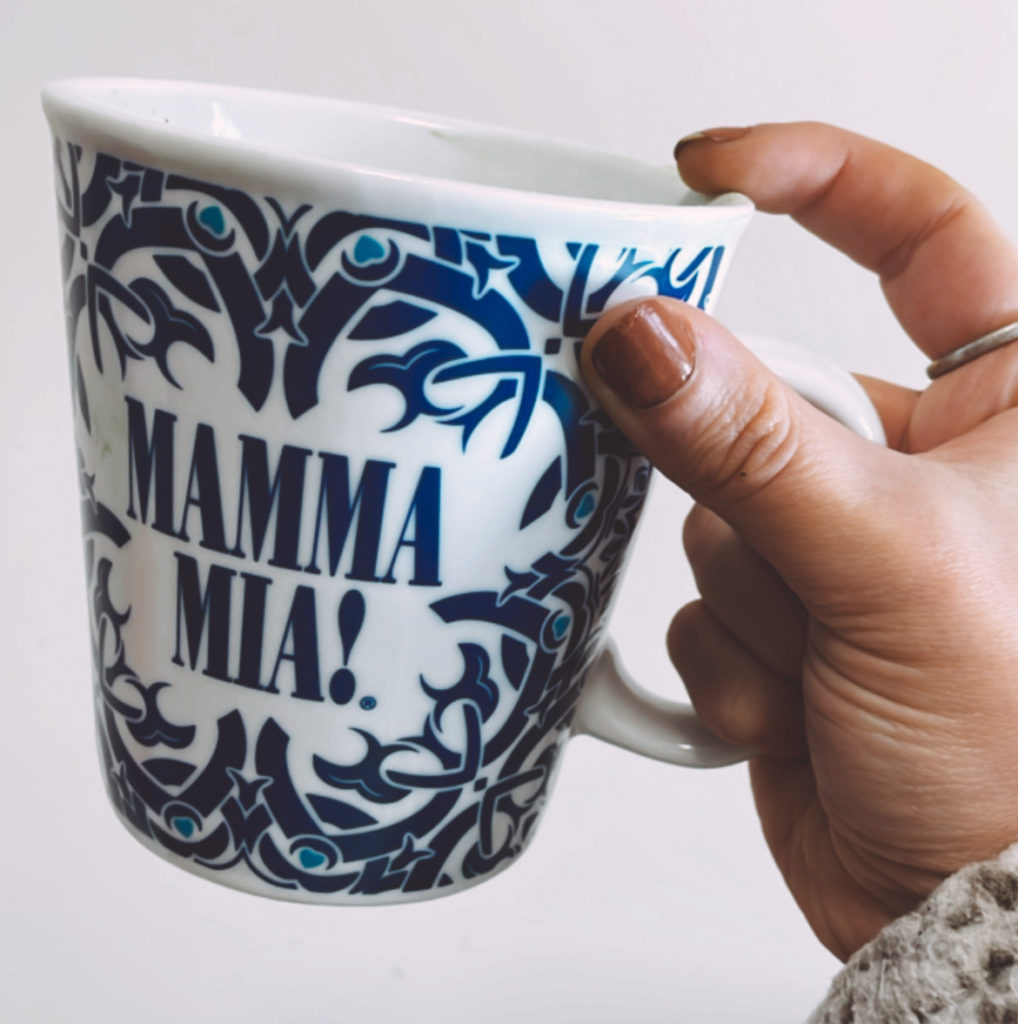You might think that the only thing in your mug of tea is the touch of sugar you’ve added to sweeten it—but a recent study published by the American Chemical Society reveals that you’re probably drinking microplastics, too.
Few activities are more relaxing than sitting down with a steaming mug of tea, especially when there’s a chill in the air around this time of year. However, you might want to be a bit more particular about the tea bags you’re choosing to steep. Not all tea bags are packaged with plastic, but some varieties are, and this research demonstrates why we need to make careful choices as consumers—unfortunately, the companies manufacturing these products are not taking consumer health into account when they put them on our shelves.

The researchers behind this study wanted to know whether or not plastic tea bags were leaching microplastics and nanoplastics during the steeping process. Microplastics are any plastic particles smaller than 5 mm in length. There isn’t a strict definition for nanoplastics, but the term generally refers to plastic fragments smaller than a few micrometers that can penetrate tissue and are so tiny that they typically cannot be separated from their environment by a filtration process.
They conducted this experiment simply by steeping plastic tea bags at a normal brewing temperature of 95° Celsius. The results? On average, one tea bag released 11.6 billion microplastics and 3.1 billion nanoplastics into a single cup.
Is this cause for concern? Preliminary research on microplastics and human health indicates that we shouldn’t take these findings lightly. So far, studies on microplastics show that the vast majority of us are ingesting them on a regular basis, and it’s detrimental to our health.
Many people are already aware of the harmful effects of Bisphenol A (BPA), a plastic compound that disrupts the endocrine system in humans. It interferes with healthy hormonal balance and the normal function of the reproductive system. It also raises the risks of birth defects, metabolic disease, and other chronic medical conditions like asthma.
We also have the chemicals added to plastics to be concerned about. For example, plastics are formulated and produced with phthalates to increase flexibility. Exposure to phthalates can cause “phthalate syndrome” in male fetuses in utero, which affects the development of their reproductive organs and can even cause infertility later in life. Coloring agents added to plastics can contain heavy metals, flame retardants and antimicrobial agents are also endocrine disruptors, and microplastics can even store contaminants and pollutants that they pick up from the environment, which is why some researchers refer to them as “toxic rafts.”
Sadly, it’s basically impossible to completely protect yourself from exposure to microplastics in our environment. However, there are some steps you can take to limit your exposure. Thankfully, it’s pretty easy to enjoy a cup of plastic-free tea—it’s a shame that this kind of advice even needs to be dispensed, but unfortunately, the reality is that plastic is everywhere these days, and without solid regulations preventing corporations from dumping more and more of it into our environment, we’re the ones who have to take on the responsibility of avoiding microplastics.
The easiest method? Just buy tea prepackaged in paper bags—make sure you purchase a compostable variety, because non-compostable versions are sealed with plastic glue. Tea in paper bags is usually cheaper anyway, so you’ll save a little money this way. Better yet, buy loose leaf tea and steep it using paper bags, which can be purchased in bulk and filled with any flavor of tea you prefer. You could also get a proper tea pot or a reusable metal infuser for only a few dollars. Simply fill it with loose leaf tea, steep it in hot water, clean it out when you’re done, and reuse it when you’re ready for another cup.
Want to get creative and love a good DIY project? Grow and dry your own herbs to make tea! You can get started with herbs like chamomile, lemon balm, or mint. You can even grow your own stevia to sweeten it with! Yes, this process will inevitably take a little while—you’ll need to plant and care for the herbs, and then prune and store them properly. But you’ll eventually get to enjoy the fruits of your labor, which always brings a sense of pride. And DIY projects in the kitchen are always fun. In the long run, it’s the most affordable option, and the most eco-friendly. And you’ll know that every cup is safe to drink.
Also by Jane: What You Must Know About How Coffee Affects Your Hormonal Health
Why Natural Deodorant May Irritate Your Skin—And What To Do About It
Get more like this—Subscribe to our daily inspirational newsletter for exclusive content!
__
Photo: Dana Drosdick




